Early Indian Religion and Society
Early Indian Religion and Society examines the gradual disappearance of sacrificial liturgy in South Asia in the first millennium BCE, prompting priestly brahmaas to look towards subaltern rituals and clients, particularly sudras. The growth of urbanization intensified social tensions as well as dissent against sectarian authorities, ultimately leading to the breakup of all major religious sects. As a result, the ideology of total devotion (Bhakti) to a supreme personal lord—lauded in the Ramayana, the Mahabharata and the Bhagavad Gita—spread across the subcontinent. The Bhakti movement and the increasingly restrictive caste system prompted lower castes to aspire to a higher social status.
The volume then moves into exploring how templecentric cults became the norm in the first millennium CE. During this period, the overarching influence of tantric cults engulfed most major religious sects, encouraging the proliferation of black magic and superstition. The increasing regimentation of the caste organization prompted upward social mobility in lower segments of society. The predominance of matrilocal and matrilineal families in the peninsular region put women at par with men. The urban places flourished or declined as according the society to which these were integrated. This book examines the evidence for these important shifts and provides a comprehensive view of the early Indian social and religious context.
Get it now and save 10%
BECOME A MEMBER

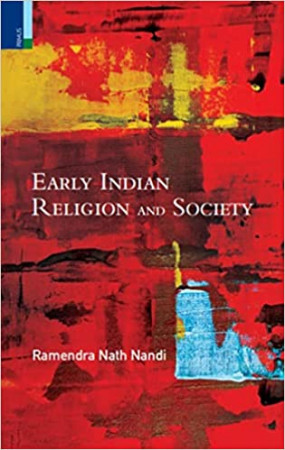

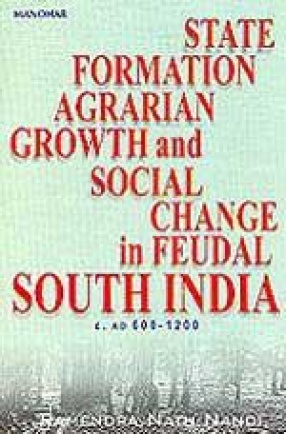
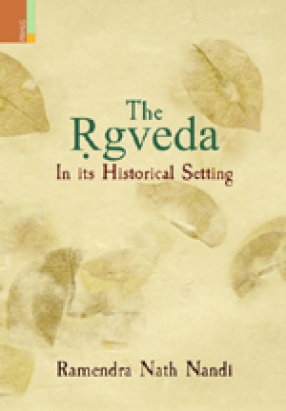
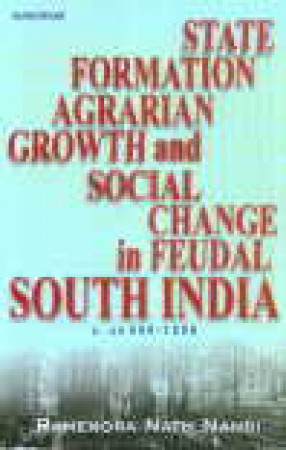

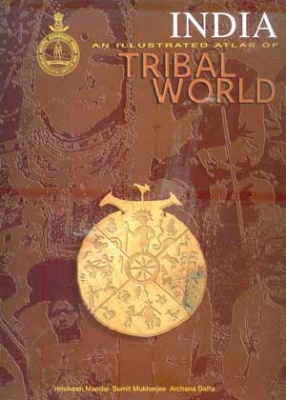
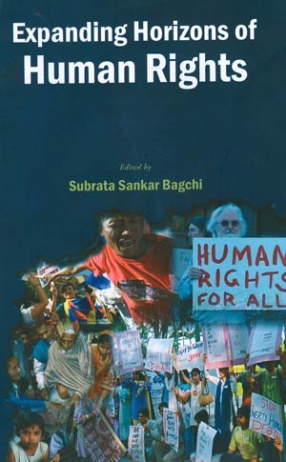
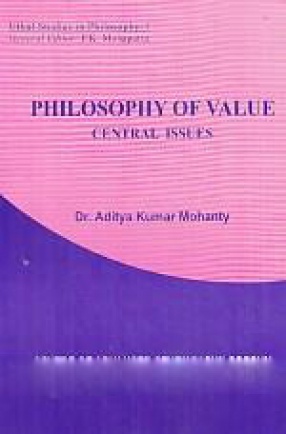

Bibliographic information